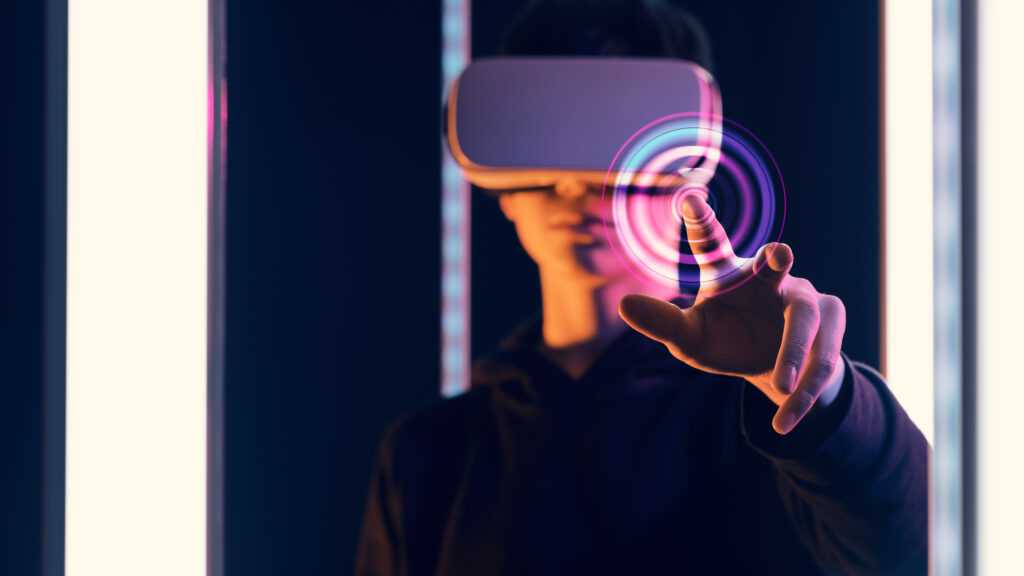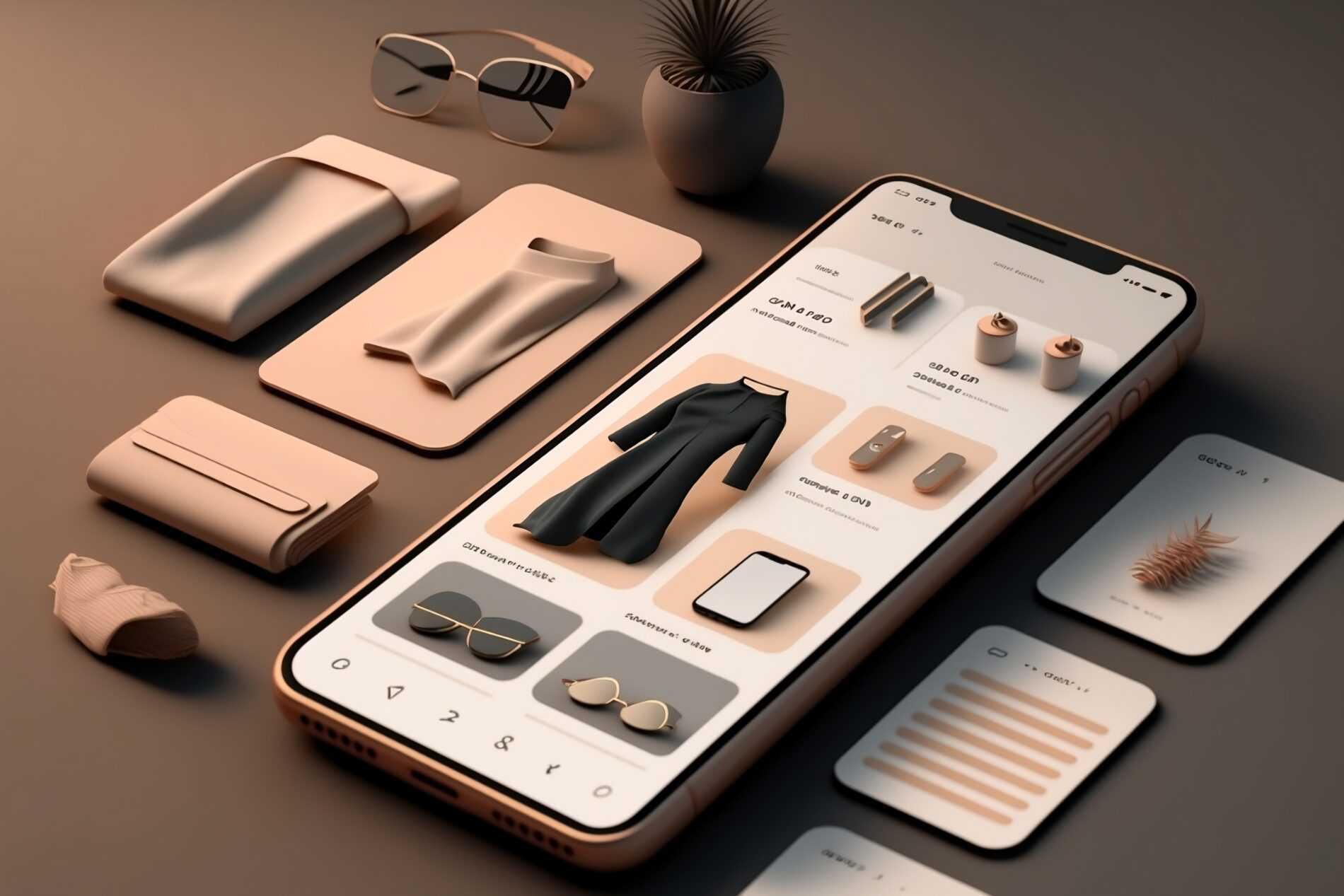The future of UI/UX design is being shaped by rapid technological changes and how people interact with digital products. As our daily lives become more connected to digital tools, the role of designers is evolving to meet the demand for interfaces that are easy to use and accessible to everyone. Designers are no longer just focused on aesthetics; they are working to create experiences that feel natural and intuitive, helping users accomplish their goals with less effort.
This shift in design thinking is driven by several key trends, such as the rise of voice and gesture controls, the integration of AI, and the growing importance of accessibility and inclusivity. As these trends develop, they will change how designers approach their work, making the design process more user-centered and data-driven. The future of UI/UX design will require a deeper understanding of how users interact with technology and a commitment to creating experiences that are functional,
User-Centered Design Principles
At the core of future UI/UX trends is a strong focus on user-centered design. This approach prioritizes the needs and preferences of users at every stage of the design process. In Melbourne and beyond, web design is increasingly incorporating user feedback, testing, and iterative processes to create interfaces that meet real audience needs. This approach is also influencing digital marketing strategies, as businesses recognize the value of creating seamless and intuitive digital experiences that reduce friction and improve usability.
The Integration of Voice and Gesture Controls
As technology advances, the way users interact with devices is changing. Voice and gesture controls are becoming more common, allowing users to engage with digital products in ways that feel more natural. For example, voice-activated assistants are being integrated into WordPress websites to enhance user experience. In the ecommerce sector, these controls are paving the way for more interactive shopping experiences. Designers are exploring new ways to incorporate these controls, ensuring that the user experience remains smooth and intuitive.

Augmented Reality (AR) and Virtual Reality (VR)
Augmented Reality (AR) and Virtual Reality (VR) are transforming the way we experience digital content. These technologies allow users to interact with digital elements in real-world environments or fully immersive virtual spaces. For designers in Australia and globally, this means developing new skills and techniques to create engaging AR and VR experiences. As these technologies become more accessible, their use is expanding across various industries, from retail and education to healthcare and entertainment.
The Role of Artificial Intelligence
Artificial Intelligence (AI) is playing a bigger role in UI/UX design, offering tools that can enhance the design process and create more personalized user experiences. AI is increasingly being used in web design to analyze user behavior, predict preferences, and automate routine tasks, helping designers focus on more complex challenges. In digital marketing, AI-driven insights are helping businesses tailor their strategies to better meet customer needs, creating smarter and more responsive interfaces.
Accessibility and Inclusive Design
Designing for accessibility and inclusivity is no longer optional. As digital products become more integral to daily life, ensuring that they are accessible to all users is critical. This includes considering the needs of people with disabilities, such as providing screen reader compatibility, ensuring high contrast for text, and offering alternative navigation methods. Inclusive design also extends to social media platforms, where the focus is on creating content that can be accessed and enjoyed by a diverse audience. This trend reflects a broader shift towards creating digital experiences that are truly universal.
Microinteractions and User Engagement
Microinteractions are the small, often unnoticed details that enhance the user experience by providing feedback, guiding users through tasks, or adding a sense of delight. These tiny design elements, such as a button animation or a loading indicator, play a crucial role in keeping users engaged and informed. In ecommerce, well-designed microinteractions can make the shopping process smoother and more enjoyable, leading to higher customer satisfaction. As design trends continue to evolve, microinteractions will become more integral to creating seamless and enjoyable user experiences.
Data-Driven Design Decisions
Data is becoming an essential tool in the UI/UX design process. By analyzing user data, designers can make informed decisions that lead to better, more user-centric designs. This approach is particularly important in digital marketing, where data-driven strategies are helping businesses in Melbourne and beyond optimize their online presence. As data collection and analysis tools become more advanced, the ability to tailor designs to specific user needs and preferences will only increase.
As we look to the future of UI/UX design, it’s clear that the industry is moving towards a more user-centered approach. Designers will need to adapt to new technologies and trends, such as voice controls, AI, and AR, while ensuring that their designs are accessible and inclusive. The focus will be on creating digital experiences that are both effective and easy to use, meeting the needs of a diverse range of users, from social media interactions to ecommerce transactions. This requires a commitment to continuous learning and a willingness to embrace new challenges as they arise.
The evolution of UI/UX design is an ongoing process that reflects the changing ways people interact with technology. By staying informed about the latest trends and focusing on the core principles of good design, designers can help shape a future where digital products are not only functional but also enjoyable and accessible to everyone. As technology continues to evolve, so too will the role of the designer, making UI/UX design an exciting and dynamic field for years to come.
